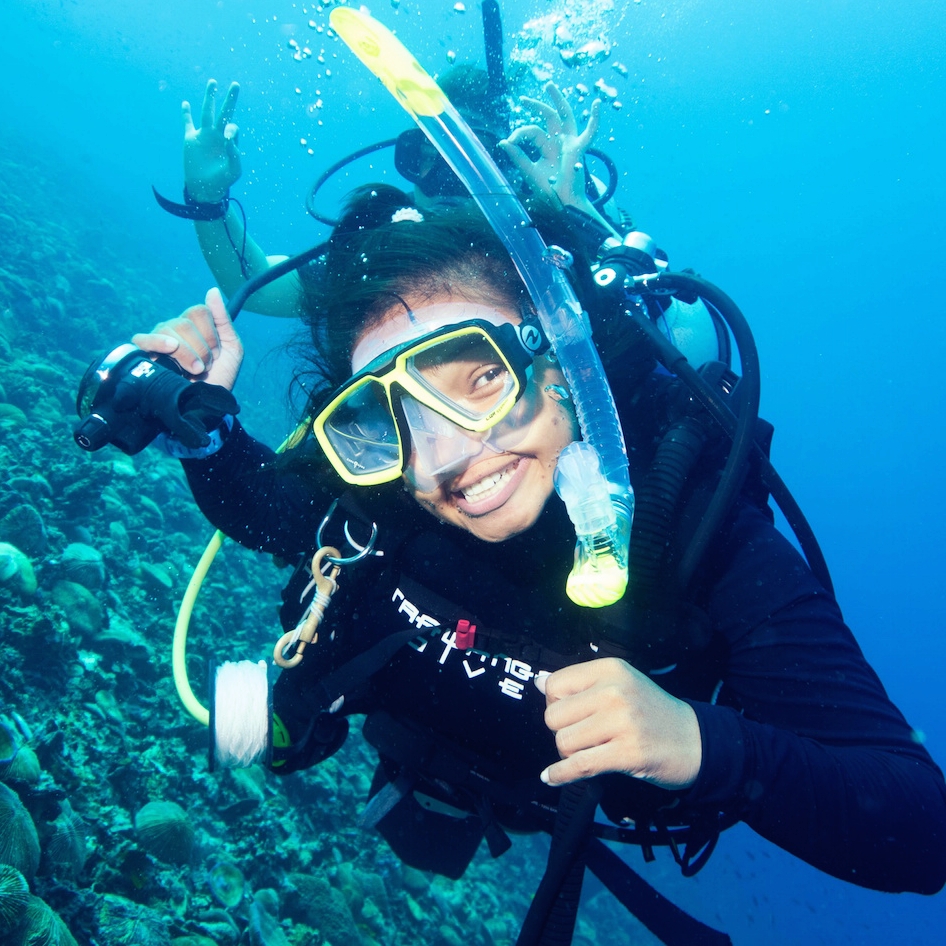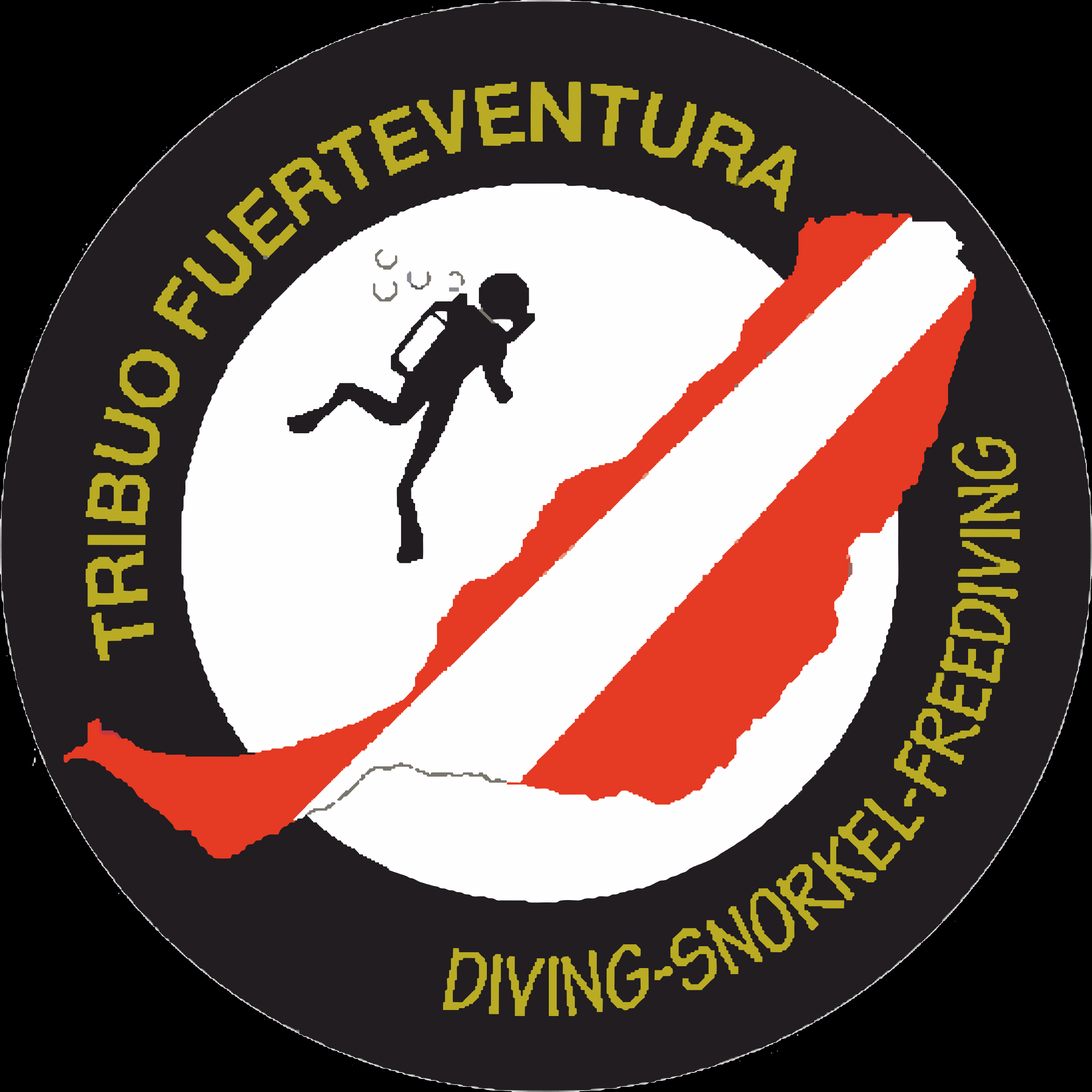WHAT IS THE MOST CHALLENGING PART OF DIVING

What is the Most Challenging Part of Diving?
Diving is a fascinating activity that allows you to explore the depths of the ocean and discover an underwater world full of life and mystery. However, like any activity, it has its challenges. In this article, we will examine some of the most difficult aspects of diving and how to overcome them to enjoy this experience safely and pleasantly.
1. Buoyancy Control
One of the biggest challenges for divers, especially beginners, is maintaining proper buoyancy control. Proper buoyancy is crucial to avoid damaging the marine environment and to conserve energy. Achieving neutral buoyancy, where you neither rise nor sink, requires practice and a good understanding of using the buoyancy control device and controlling your breathing.
2. Equipment Management
Diving equipment can be complex and it takes time to get used to its use. From properly adjusting the mask and fins to managing the air supply and using the regulator, every piece of equipment must be used correctly to ensure safety underwater. Practice and familiarity with the equipment are essential to feel comfortable and secure.
3. Underwater Communication
Effective communication underwater is limited to hand gestures and visual signals due to the inability to speak. This can be challenging, especially in emergency situations. Learning and practicing standard diving hand signals is essential for clear communication with your diving buddy.
4. Stress and Anxiety Management
Diving can be an overwhelming experience, especially for those new to the sport. The sensation of being underwater, far from the surface, can cause anxiety. It is crucial to learn relaxation techniques and stay calm. Proper dive planning and confidence in your abilities can also help reduce stress.
5. Adapting to Different Environmental Conditions
Underwater conditions can vary significantly. Visibility can be low, currents can be strong, and the water temperature can be cold. Adapting to these conditions requires experience and specific skills. Divers must be prepared to adjust their techniques and equipment according to the environment they are in.
6. Air Consumption Control
Managing air consumption is vital to prolonging the dive duration and ensuring a safe return to the surface. This involves efficient breathing and constant monitoring of air levels. Practice and experience help divers improve their air usage efficiency.
Conclusion
Diving is an exciting and rewarding activity, but it comes with its challenges. Controlling buoyancy, managing equipment, communicating underwater, managing stress, adapting to different environmental conditions, and controlling air consumption are some of the difficulties divers may face. With proper training, practice, and experience, these challenges can be overcome, allowing you to fully enjoy the wonders of the underwater world.
#Fuerteventura #TribuoBuceo #Corralejo
Diving is a fascinating activity that allows you to explore the depths of the ocean and discover an underwater world full of life and mystery. However, like any activity, it has its challenges. In this article, we will examine some of the most difficult aspects of diving and how to overcome them to enjoy this experience safely and pleasantly.
1. Buoyancy Control
One of the biggest challenges for divers, especially beginners, is maintaining proper buoyancy control. Proper buoyancy is crucial to avoid damaging the marine environment and to conserve energy. Achieving neutral buoyancy, where you neither rise nor sink, requires practice and a good understanding of using the buoyancy control device and controlling your breathing.
2. Equipment Management
Diving equipment can be complex and it takes time to get used to its use. From properly adjusting the mask and fins to managing the air supply and using the regulator, every piece of equipment must be used correctly to ensure safety underwater. Practice and familiarity with the equipment are essential to feel comfortable and secure.
3. Underwater Communication
Effective communication underwater is limited to hand gestures and visual signals due to the inability to speak. This can be challenging, especially in emergency situations. Learning and practicing standard diving hand signals is essential for clear communication with your diving buddy.
4. Stress and Anxiety Management
Diving can be an overwhelming experience, especially for those new to the sport. The sensation of being underwater, far from the surface, can cause anxiety. It is crucial to learn relaxation techniques and stay calm. Proper dive planning and confidence in your abilities can also help reduce stress.
5. Adapting to Different Environmental Conditions
Underwater conditions can vary significantly. Visibility can be low, currents can be strong, and the water temperature can be cold. Adapting to these conditions requires experience and specific skills. Divers must be prepared to adjust their techniques and equipment according to the environment they are in.
6. Air Consumption Control
Managing air consumption is vital to prolonging the dive duration and ensuring a safe return to the surface. This involves efficient breathing and constant monitoring of air levels. Practice and experience help divers improve their air usage efficiency.
Conclusion
Diving is an exciting and rewarding activity, but it comes with its challenges. Controlling buoyancy, managing equipment, communicating underwater, managing stress, adapting to different environmental conditions, and controlling air consumption are some of the difficulties divers may face. With proper training, practice, and experience, these challenges can be overcome, allowing you to fully enjoy the wonders of the underwater world.
#Fuerteventura #TribuoBuceo #Corralejo
